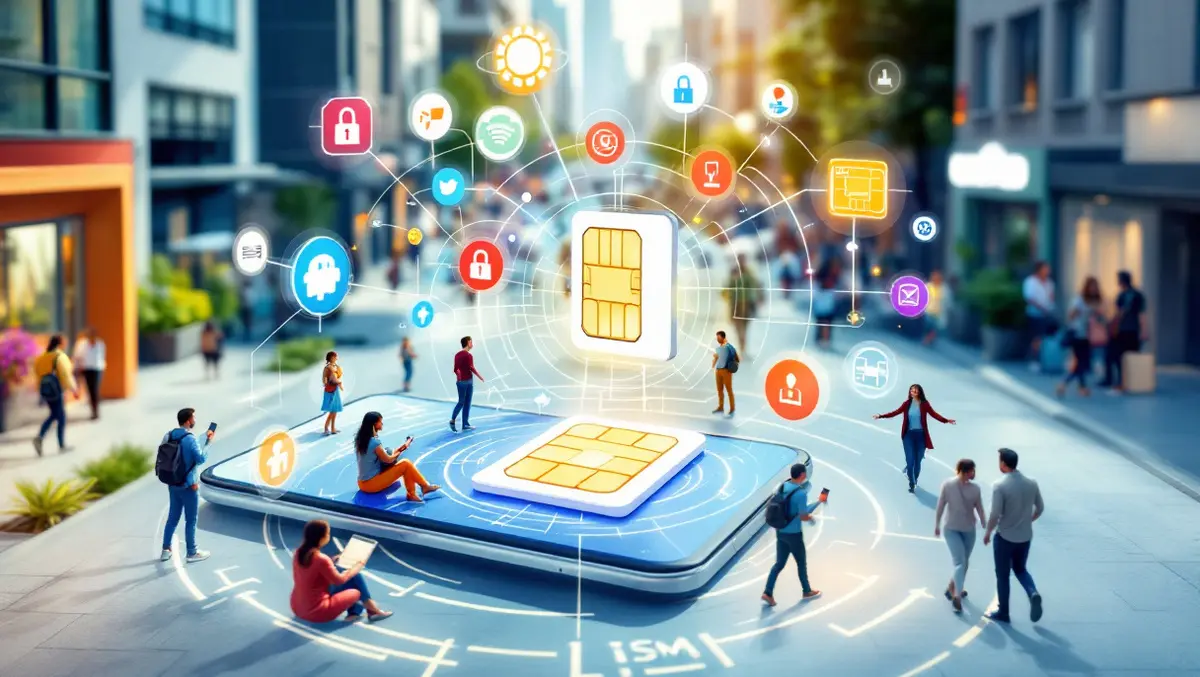
The shift from SIM cards to eSIMs in mobile evolution
The evolution of mobile communications, greatly influenced by the SIM card, has significantly transformed everyday life, according to Giesecke+Devrient (G+D).
The development of the mobile phone was one of several technological advancements in 1973 that marked a significant technological shift. Other notable inventions from the same year included Ethernet for the Internet and GPS navigation. The transformation of mobile phones over the last half-century from bulky luxury items to ubiquitous tools is remarkable. However, the less visible but crucial component in this transformation is the SIM card.
Giesecke+Devrient highlights its contribution to this evolution, having launched the first commercial SIM card in 1991. Originally intended as a simple authentication device to enable basic communication functions, the SIM card has evolved into a sophisticated security tool, facilitating numerous modern applications, including mobile banking and connected vehicles.
The design of SIM cards has transformed over time, starting from full-sized cards to the currently popular micro and nano SIM versions. The next significant step in this evolution is the shift towards embedded digital SIM cards, or eSIMs, which are integrated into devices as chips rather than as separate, removable cards.
Despite these changes, the core function of the SIM card remains: it verifies user credentials and establishes secure connections. This essential function makes possible the vast reach of mobile communications and the wide array of applications that have emerged over recent decades.
Dr. Philipp Schulte, CEO of G+D Mobile Security, emphasized the profound impact of smartphones and SIM cards on daily life. "We can no longer imagine everyday life without the functionality of a modern smartphone. Fortunately, we don't have to - thanks to mobile communications and SIM technology. But the evolution continues. 5G and the eSIM, in particular, will play a key role in unlocking new possibilities for consumers," he stated.
Giesecke+Devrient foresees that as global network coverage expands and new devices become available, 5G technology will become even more widespread. This development will facilitate user experiences such as effortless recording of high-resolution videos and seamless roaming for travellers.
The company predicts further enhancements in smartphones, which will feature improved cameras and displays and more integrated eSIMs. The eSIM technology offers convenience and flexibility, allowing users to activate mobile contracts swiftly and switch providers without needing to change physical cards. Additionally, eSIMs are seen as more secure and environmentally friendly, reducing the risk of tampering and the carbon footprint associated with traditional SIM cards.


